Crafts are an essential part of cultural heritage, reflecting the history and traditions of a region. Across the globe, people have developed unique skills and techniques, creating beautiful and meaningful objects. These crafts not only showcase artistic expression but also connect generations through shared practices. In this article, we explore some of the most fascinating traditional crafts from around the world, each with its own story and significance.
Japanese Origami
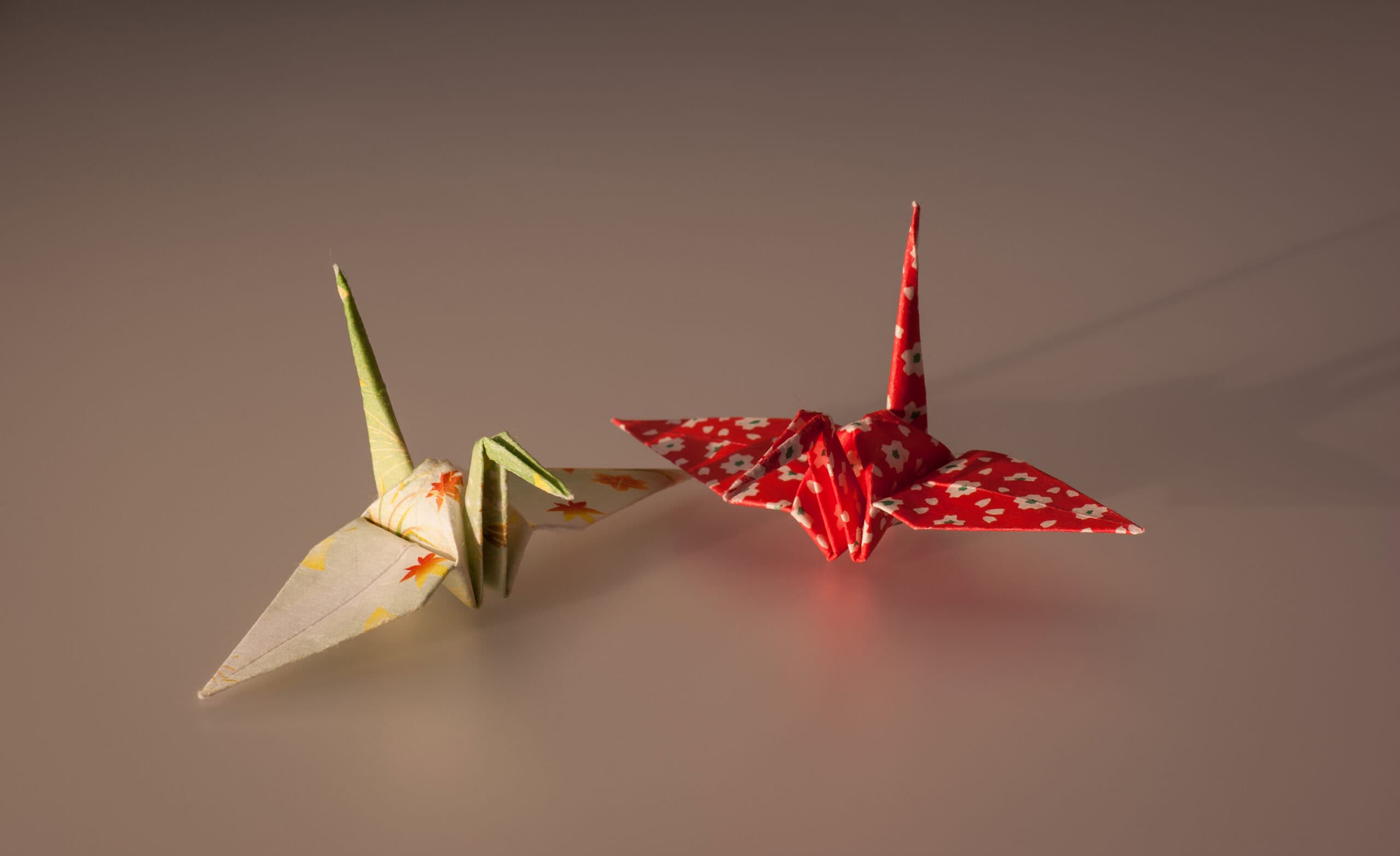
Origami is the Japanese art of paper folding. It transforms a simple square of paper into intricate shapes and figures. This craft demands precision and patience. Each fold must be exact to create the desired form. Origami can represent animals, flowers, and geometric designs. The practice has deep cultural significance in Japan. It often symbolizes peace and mindfulness. Origami continues to inspire both traditional and modern art globally.
Indian Block Printing
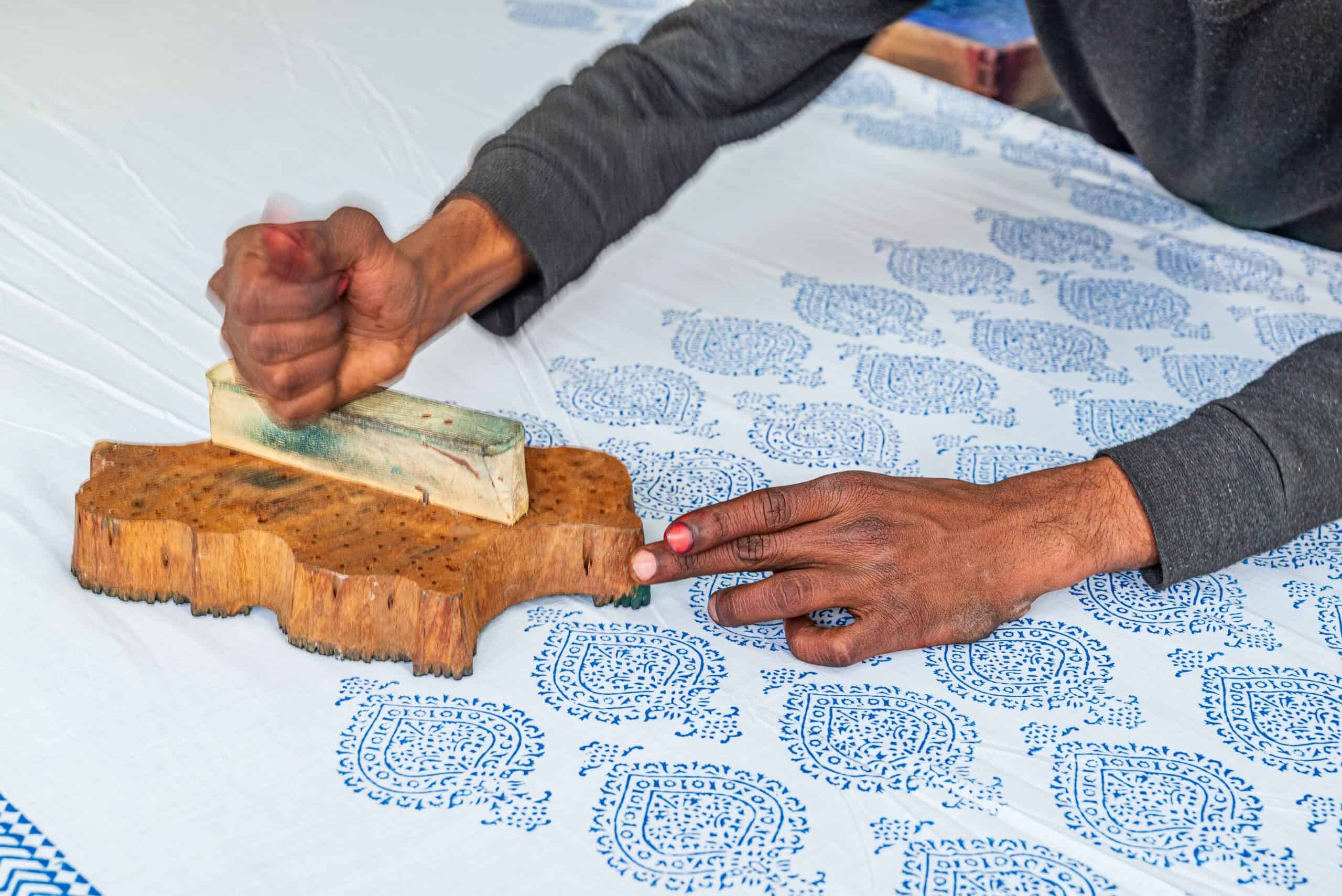
Indian block printing is a centuries-old textile art. Artisans carve intricate patterns onto wooden blocks. These blocks are then dipped in dye and pressed onto fabric. The result is a series of repeated designs that cover the entire cloth. Each piece is unique due to slight variations in the printing process. This craft is known for its vibrant colors and detailed patterns. It plays a significant role in Indian fashion and decor, reflecting the country’s rich cultural heritage.
Mexican Talavera Pottery
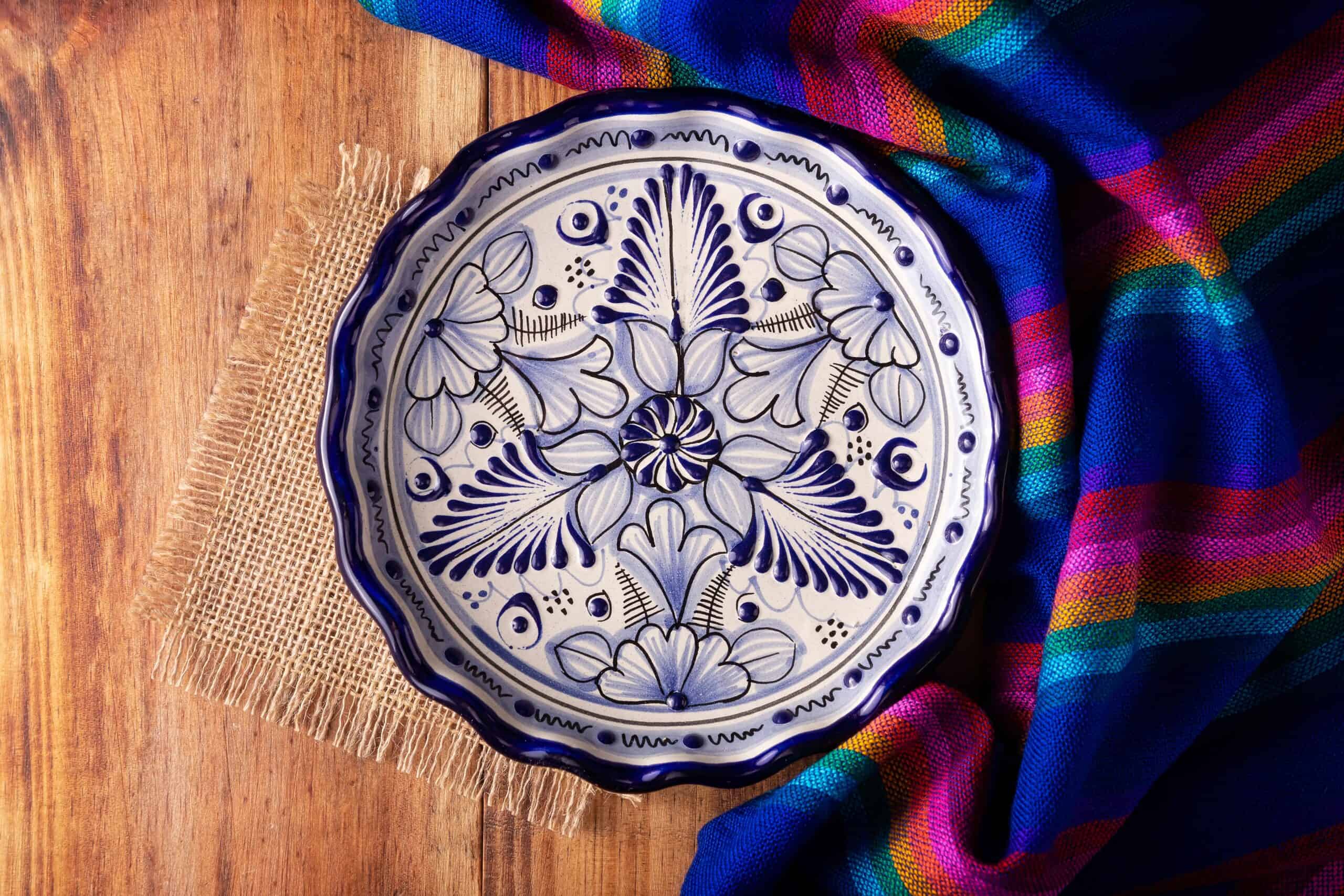
Talavera pottery originates from the Mexican city of Puebla. This craft involves the creation of brightly colored ceramic pieces. Artisans shape the pottery by hand using a potter’s wheel. After drying, the pieces are glazed and painted with intricate designs. The designs often feature floral and geometric patterns. The vibrant colors are a hallmark of Talavera pottery. This craft is deeply rooted in Mexican culture, with influences from Spanish and indigenous traditions.
Moroccan Zellige Tilework
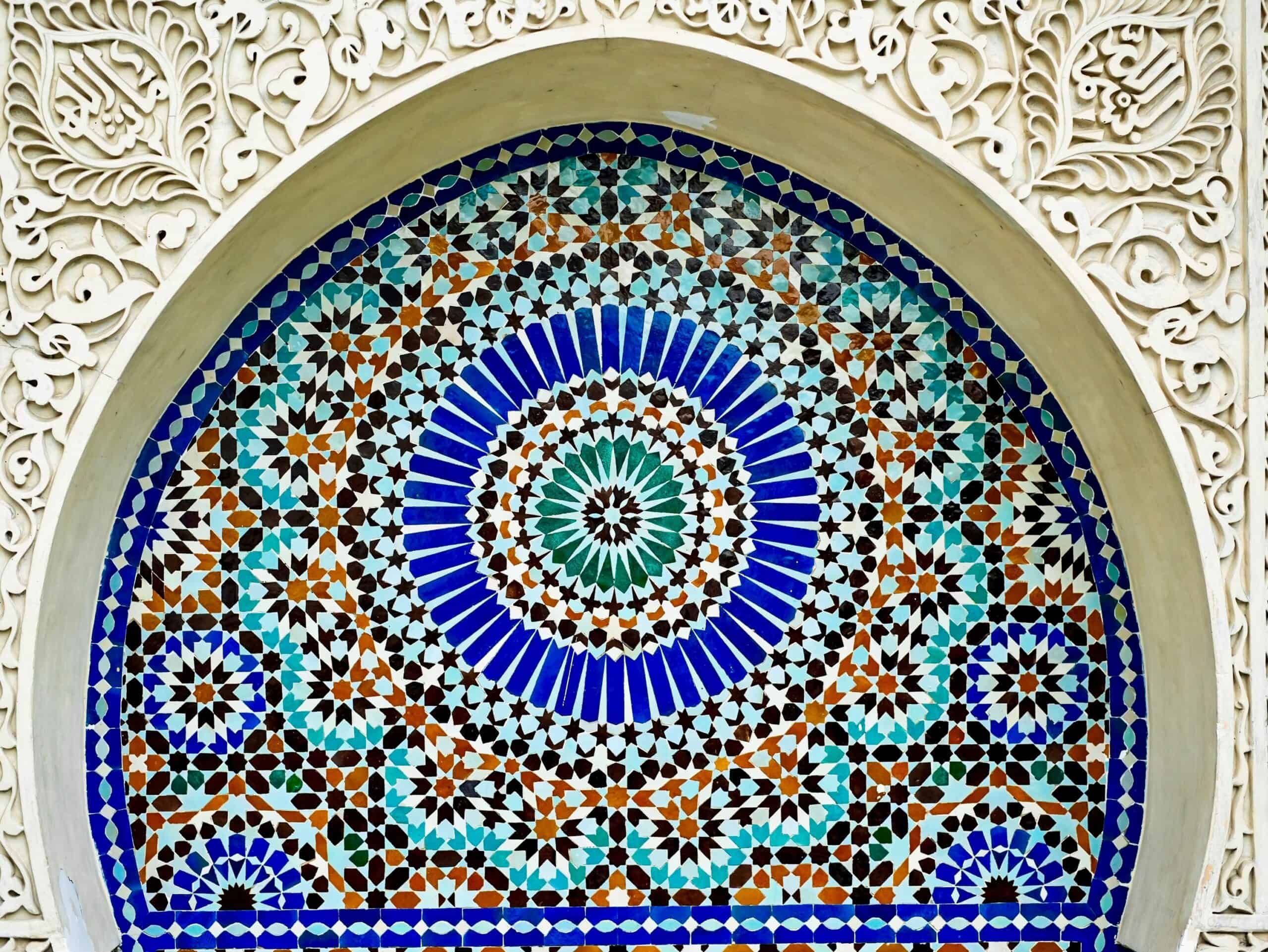
Zellige is a traditional Moroccan craft involving geometric mosaic tilework. Artisans cut small, colored tiles by hand into precise shapes. These tiles are then arranged into complex patterns, forming intricate mosaics. The process is time-consuming and requires a high level of skill. Zellige is commonly used in Moroccan architecture, adorning walls, floors, and fountains. Its vibrant colors and patterns are iconic, representing the beauty and artistry of Moroccan culture.
Chinese Paper Cutting
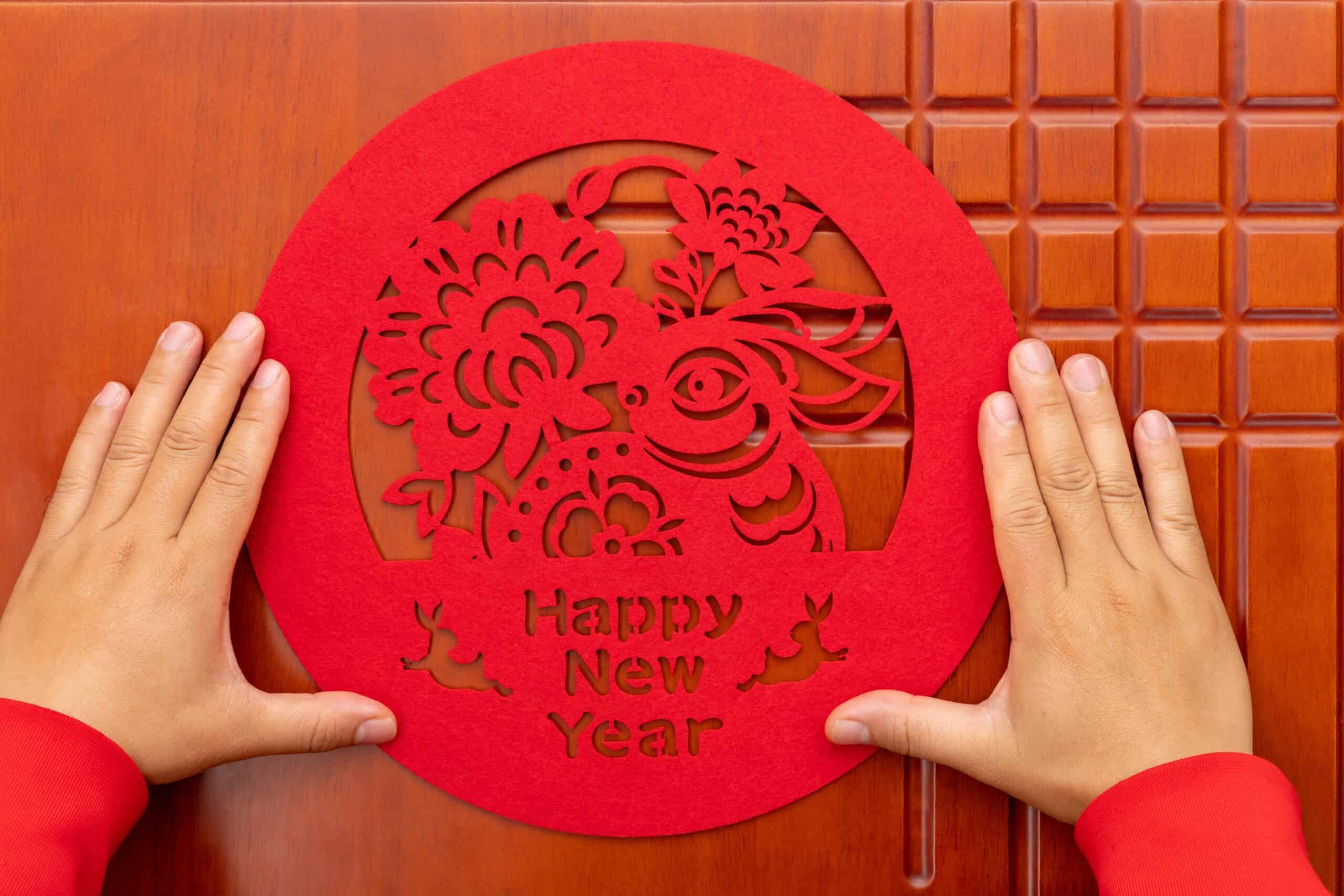
Chinese paper cutting is a folk art with a history spanning over 1,500 years. Artisans use scissors or knives to cut intricate designs into paper. These designs often depict flowers, animals, and traditional symbols. Paper cuts are commonly used as decorations during festivals and special occasions. Each piece is carefully crafted, with no two cuts being identical. This art form reflects Chinese cultural values and beliefs, particularly during the Lunar New Year.
Peruvian Weaving
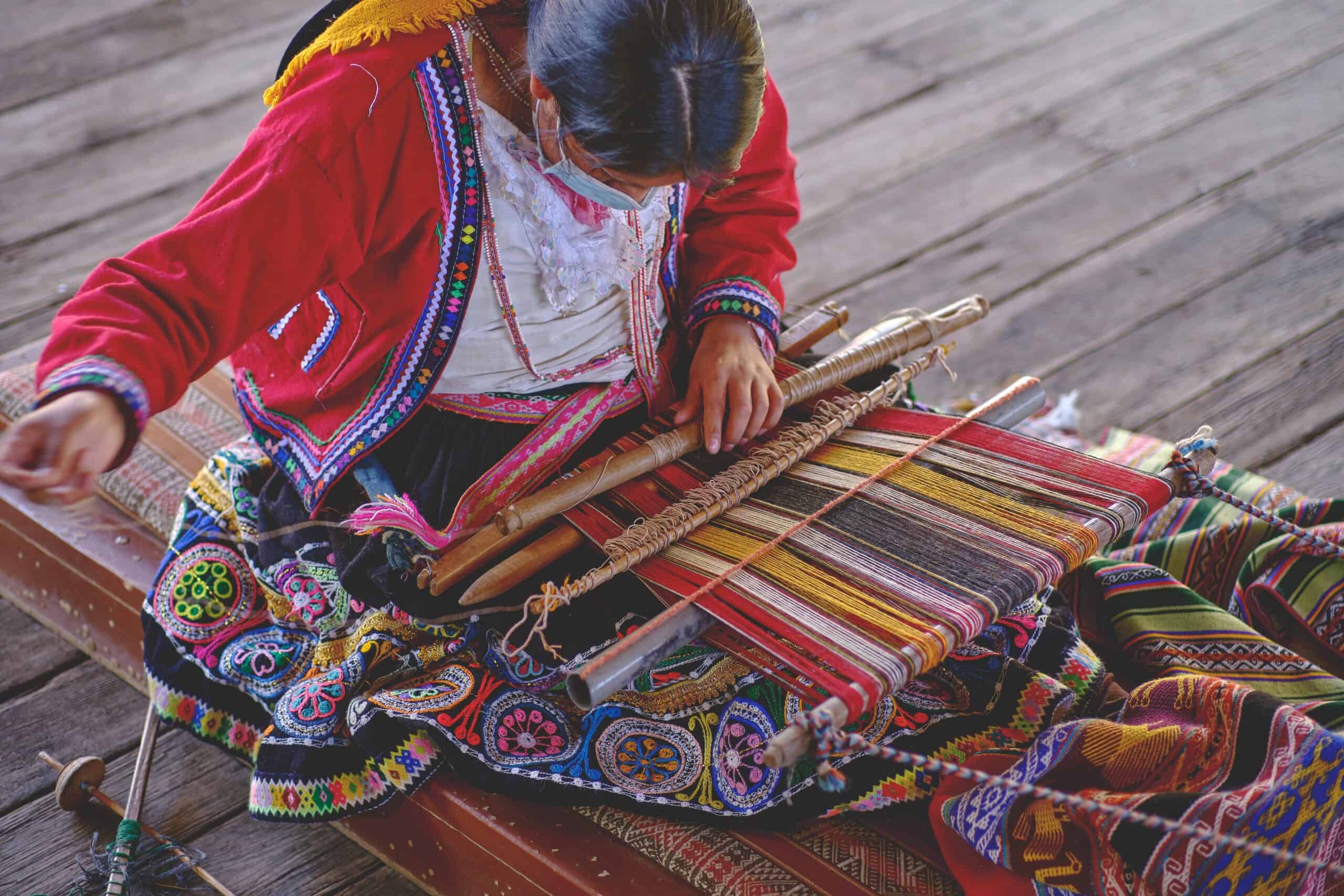
Weaving is a deeply rooted tradition in Peru. Artisans use looms to create textiles from alpaca, llama, or sheep wool. The process involves spinning, dyeing, and weaving the fibers into intricate patterns. These patterns often reflect Andean symbols and stories. Each region in Peru has its own distinct weaving style. Peruvian textiles are known for their vibrant colors and durable quality. Weaving is not just a craft but a vital part of Andean culture and identity.
Ukrainian Pysanka Egg Decorating
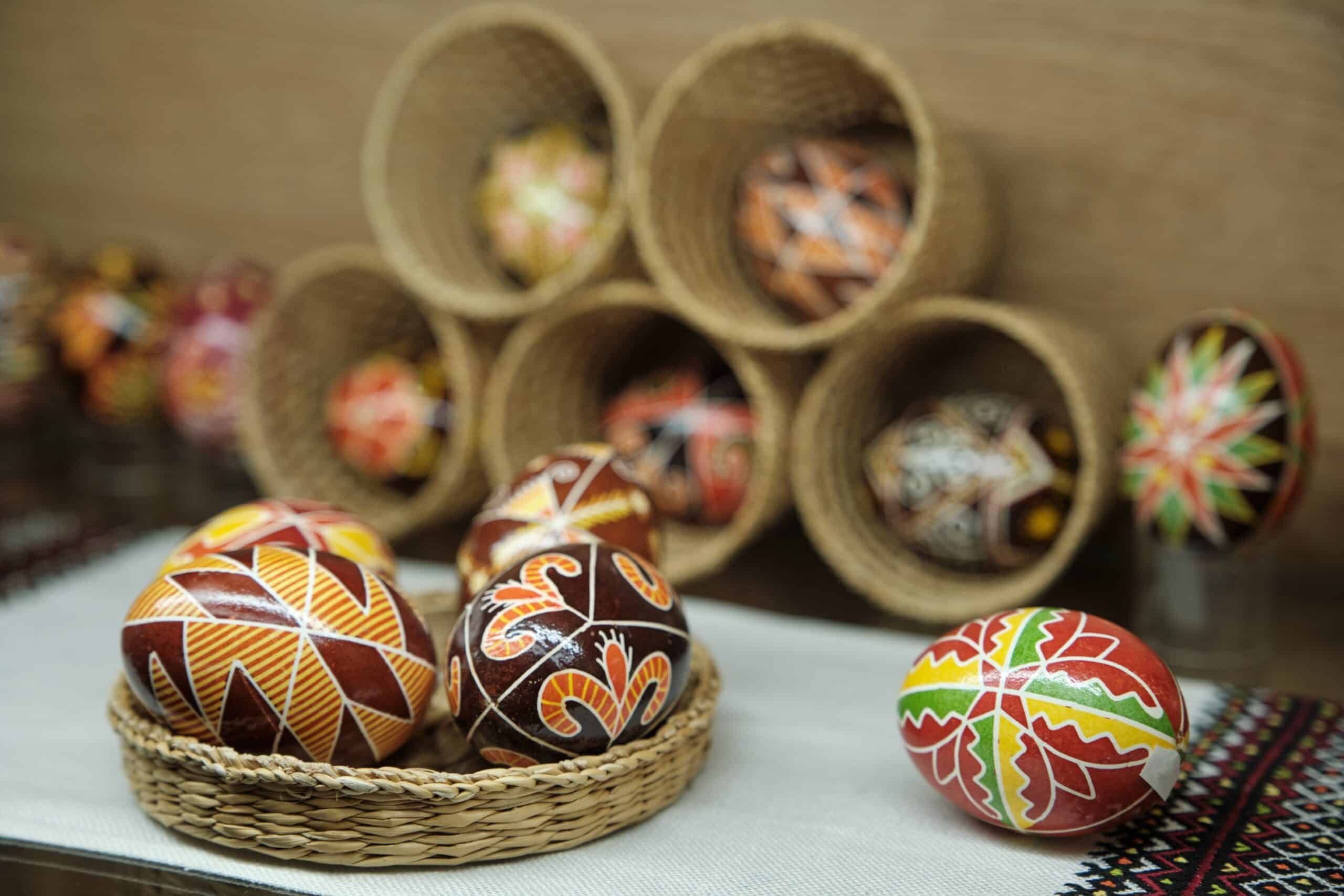
Pysanka is a traditional Ukrainian craft of egg decorating. Artisans use a wax-resist method to create intricate patterns on eggshells. The eggs are then dyed in various colors, with each layer of wax preserving the color beneath. The designs often include symbolic motifs, such as flowers, animals, and religious symbols. Pysanky are typically made during Easter and are believed to bring good fortune. This craft represents a deep connection to Ukrainian heritage and spirituality.
Turkish Marbling (Ebru)
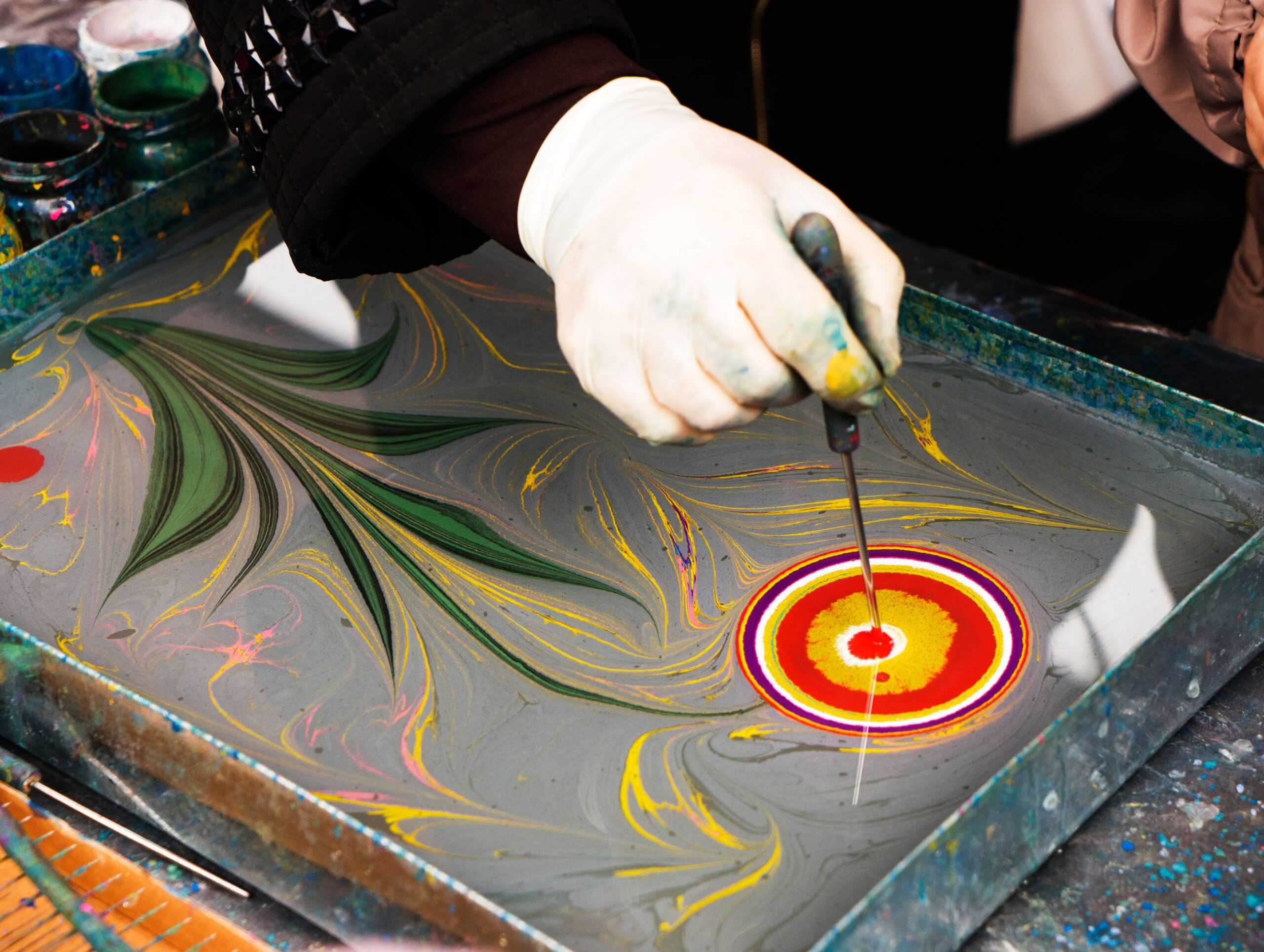
Ebru, or Turkish marbling, is a traditional paper decoration technique. Artisans float pigments on the surface of water thickened with carrageenan. They then manipulate the pigments to create swirling, abstract patterns. A sheet of paper is gently laid on top to absorb the design. Each piece of marbled paper is unique, with no two designs ever the same. Ebru is used in bookbinding and as standalone art. This craft reflects the rich artistic traditions of Turkey, blending nature and creativity.
Hawaiian Kapa Making
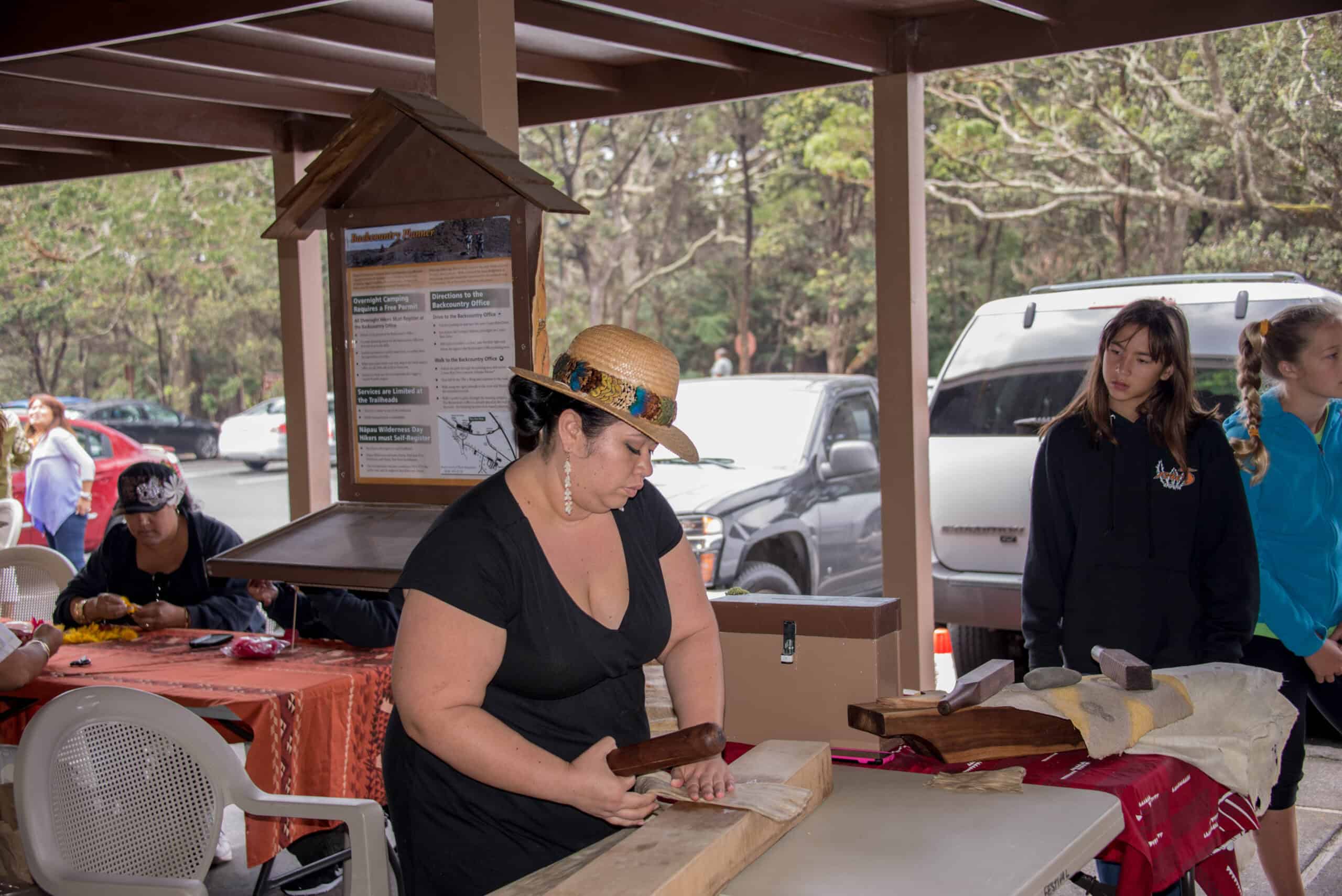
Kapa making is a traditional Hawaiian craft. Artisans create this cloth from the bark of the wauke tree. The process involves stripping, soaking, and beating the bark until it becomes soft and pliable. The cloth is then decorated with natural dyes and intricate patterns. Kapa was traditionally used for clothing, bedding, and ceremonial purposes. This craft holds significant cultural importance in Hawaiian society. It represents a connection to the land and the preservation of ancient traditions.
Swedish Dala Horse Carving
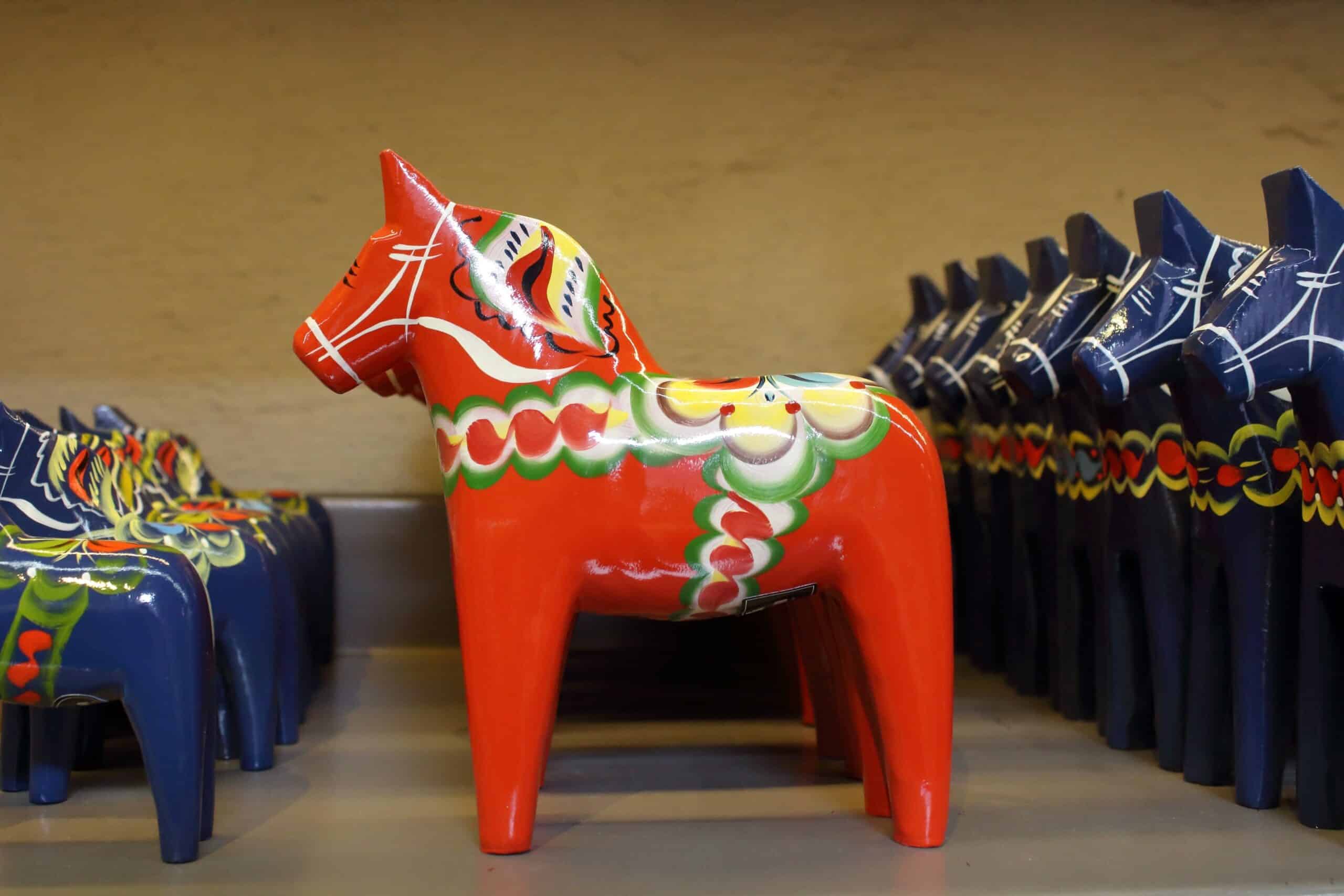
The Dala horse is a traditional wooden toy from Sweden. It originates from the Dalarna region. Artisans carve these horses from a single piece of pinewood. The carving process is meticulous, ensuring each horse has a smooth, rounded shape. After carving, the horses are hand-painted with bright colors and intricate floral patterns. The Dala horse is a symbol of Swedish craftsmanship and cultural heritage. It is often associated with good luck and prosperity, making it a popular souvenir.
Russian Matryoshka Doll Painting
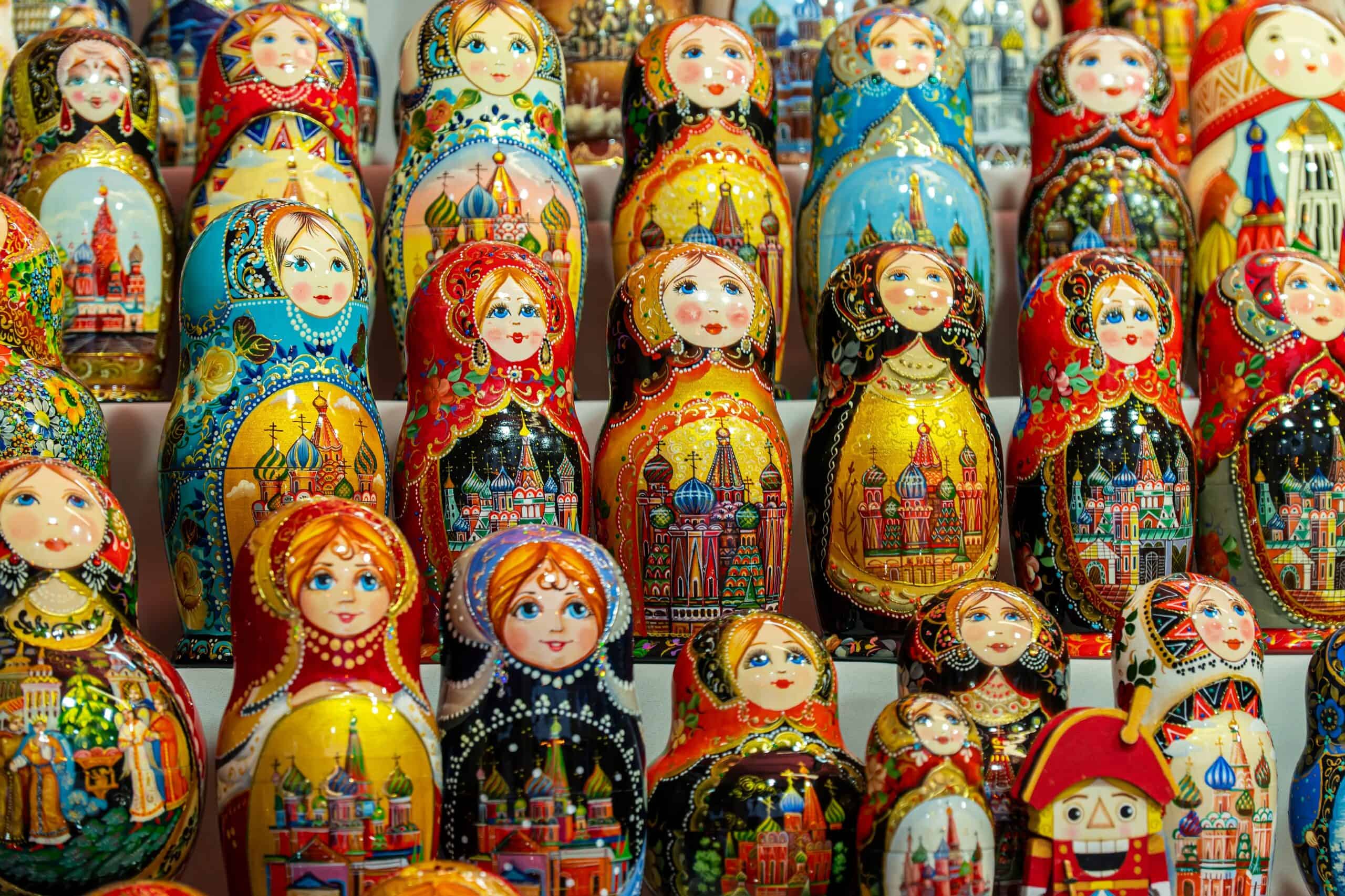
Matryoshka dolls, also known as nesting dolls, are a quintessential symbol of Russian folk art. These dolls are wooden and hollow, with smaller dolls fitting inside each larger one. Artisans carefully hand-paint each doll with traditional designs, often depicting Russian women in folk costumes. The outermost doll is usually the most detailed, while the inner dolls are simpler. Matryoshka dolls represent family and motherhood. They showcase the precision and artistry of Russian craftsmen.
Balinese Wood Carving
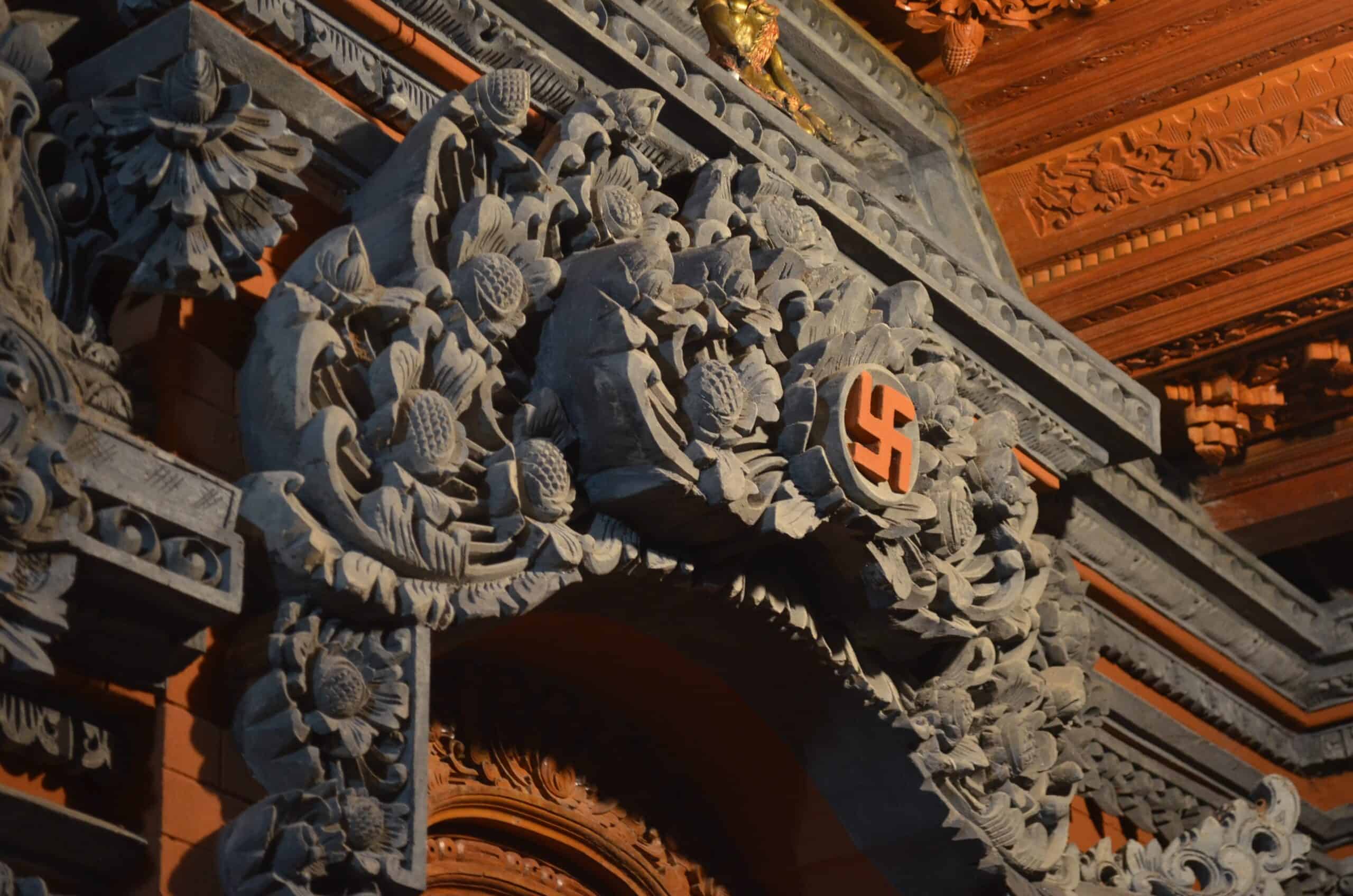
Wood carving is a highly revered craft in Bali, Indonesia. Artisans use various types of wood, such as teak, mahogany, and sandalwood. The carving process involves detailed and intricate work. Craftsmen create statues, masks, and decorative panels, often depicting deities, animals, and mythological scenes. Each piece is a testament to the carver’s skill and creativity. Balinese wood carving is deeply connected to the island’s religious and cultural practices. It reflects the spiritual and artistic traditions of the Balinese people.
Native American Beadwork
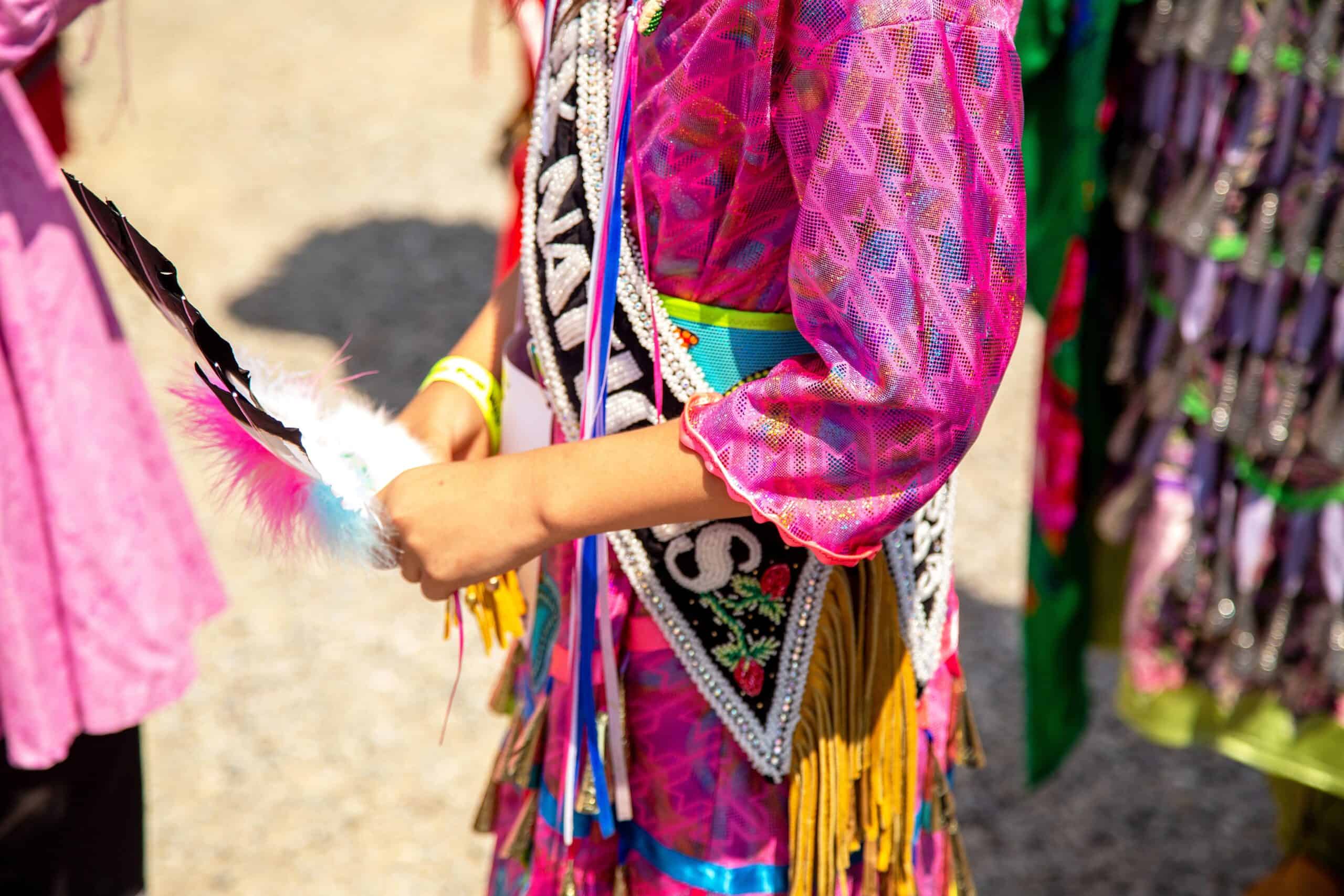
Native American beadwork is a traditional craft practiced by various tribes across North America. Artisans use tiny glass or metal beads to create intricate patterns on clothing, accessories, and ceremonial objects. The designs often incorporate symbols and motifs that hold cultural significance. Beadwork is a meticulous and time-consuming process. Each piece is carefully planned, with beads sewn onto leather or fabric in complex patterns. This craft is an important expression of cultural identity and heritage for Native American communities.
Tibetan Thangka Painting
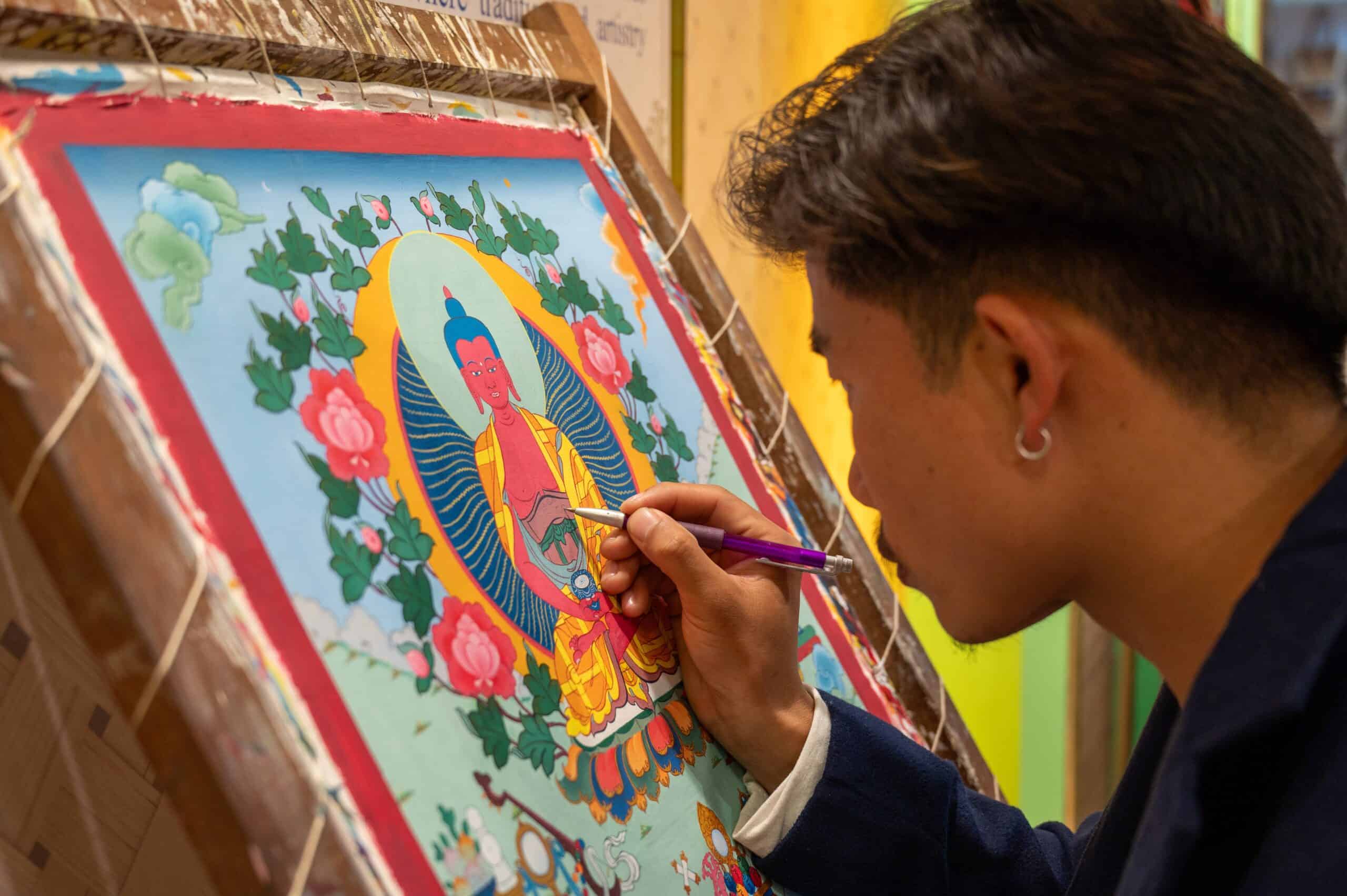
Thangka painting is a sacred art form in Tibetan Buddhism. It involves creating detailed religious paintings on cotton or silk. These paintings typically depict Buddhist deities, mandalas, or religious scenes. Artisans use natural pigments to achieve vibrant colors. The process is highly precise, with every detail holding symbolic meaning. Thangkas are used as teaching tools, meditation aids, and offerings in monasteries. This craft represents the deep spiritual connection and devotion of Tibetan culture.
This article originally appeared on Rarest.org.
More from Rarest.org
1936 Buffalo Nickel Value Guide
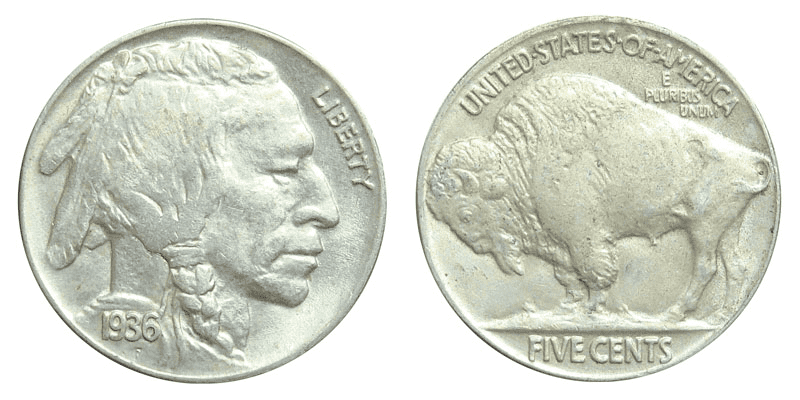
The Nickel 1936 coin had a history of divisive designs before becoming one of the most widely produced and exquisitely designed coins of the 19th century. Read More.
1995 Roosevelt Dime Value Guide
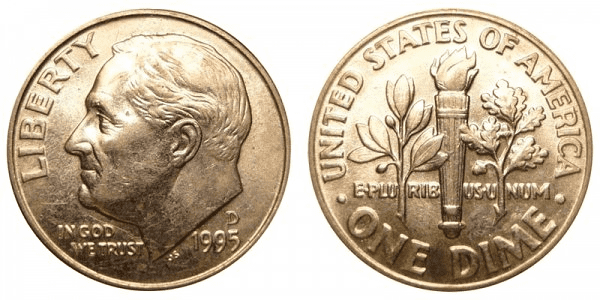
The 1995 Roosevelt dime features the 32nd president of the United States. This coin was struck about 30 years ago. Read More.
1942 Wheat Penny Value Guide
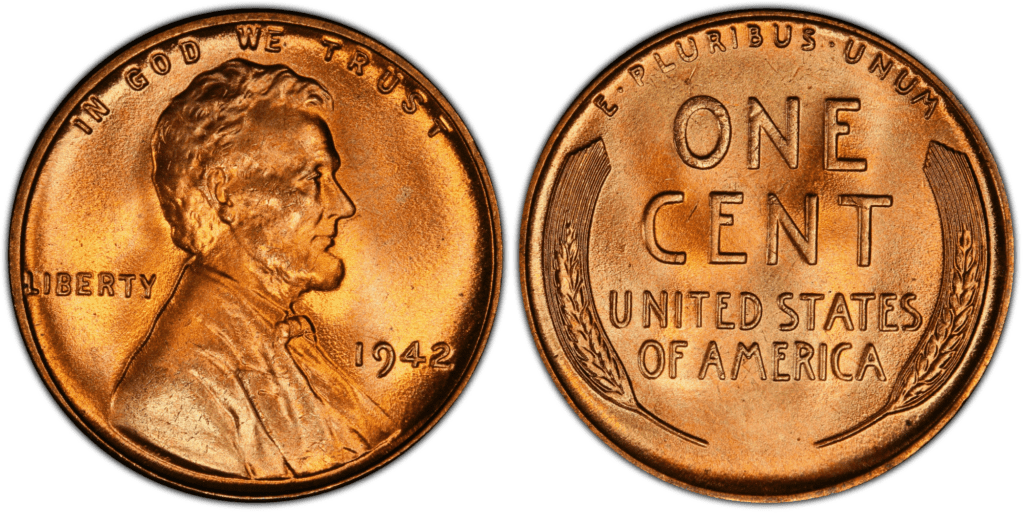
Victor D. Brenner designed the 1942 Lincoln Wheat Penny, one of the one-cent coins struck for circulation from 1909 to 1958. Read More.
